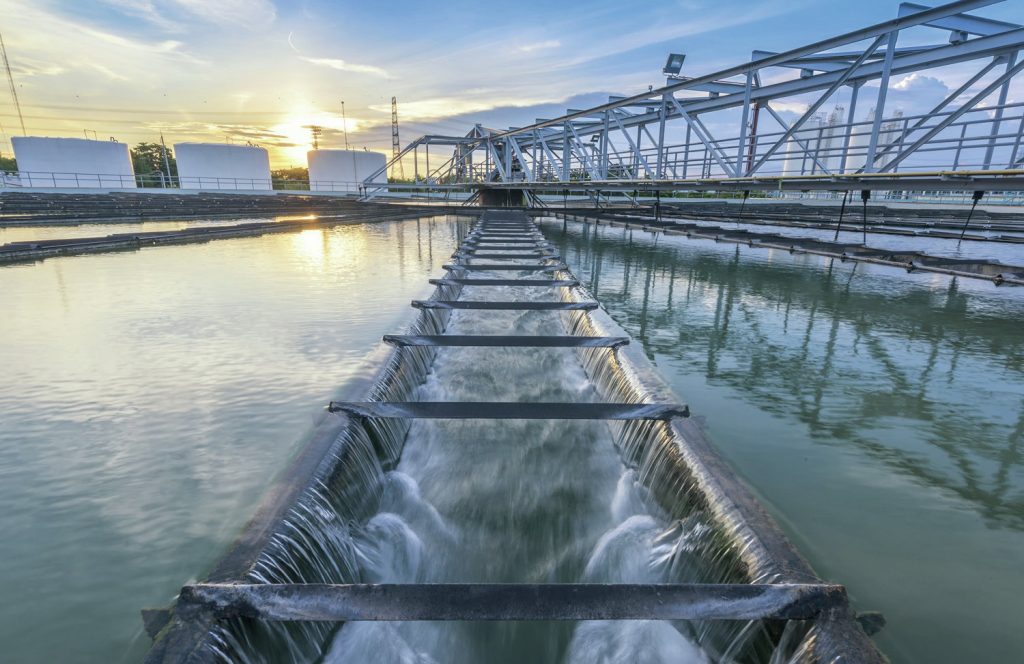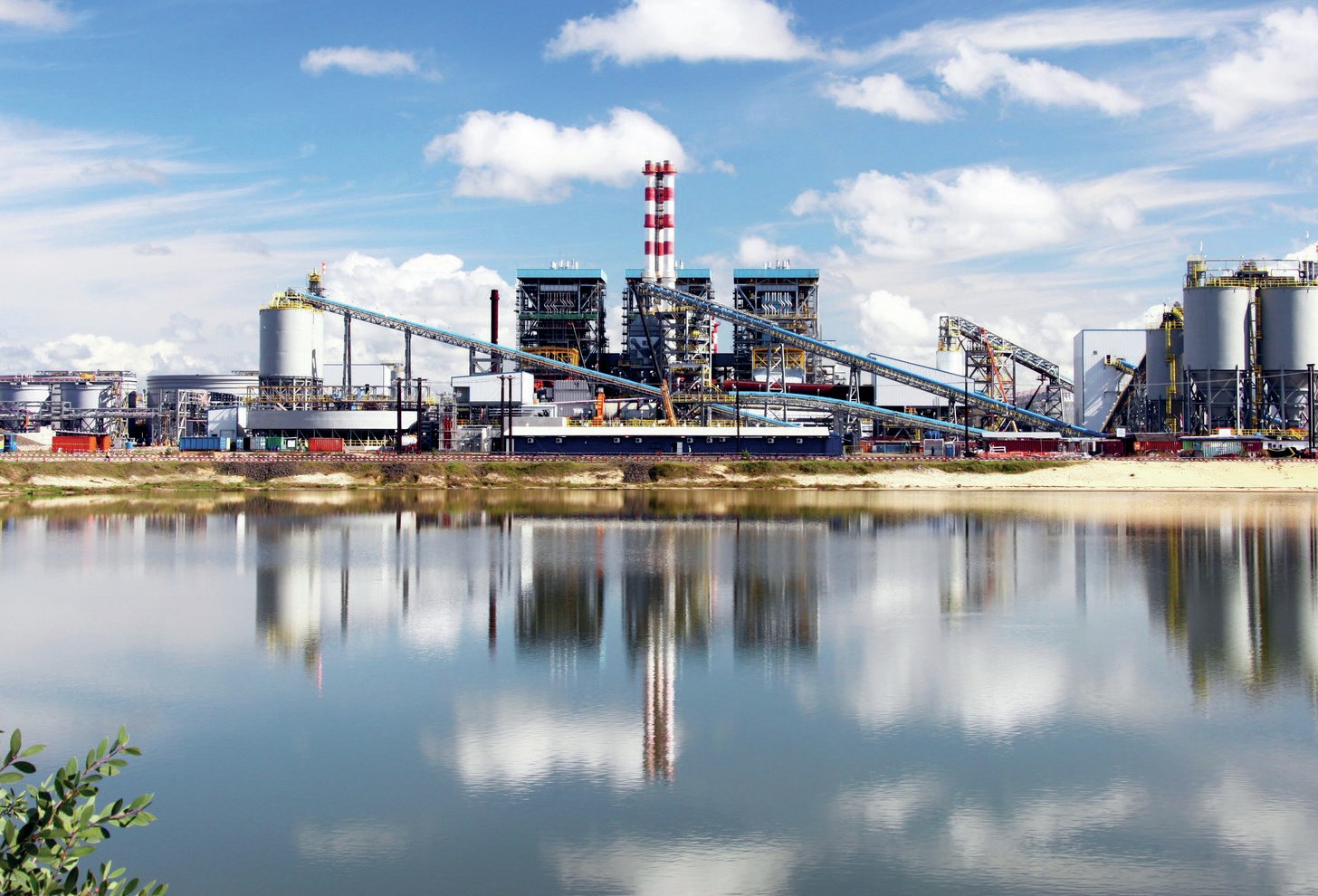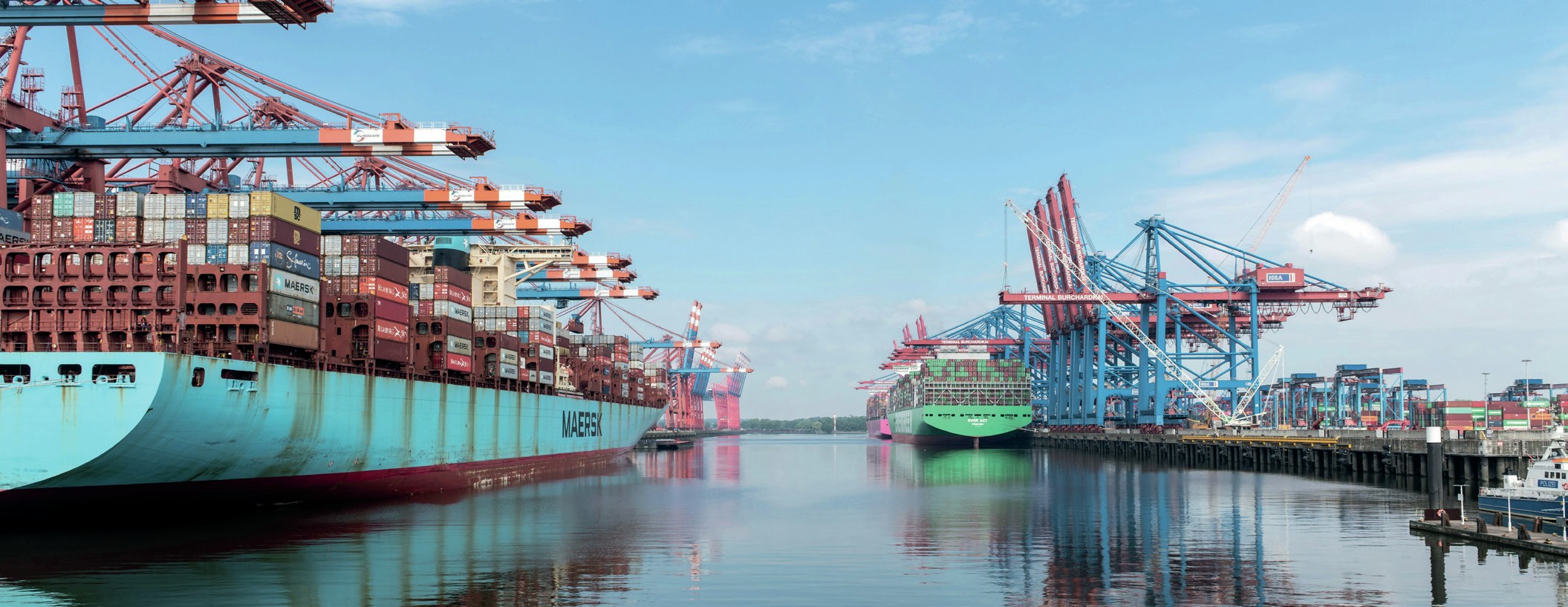Sulphur 415 Nov-Dec 2024

30 November 2024
Industrial demand for sulphur dioxide
SULPHUR DIOXIDE
Industrial demand for sulphur dioxide
Beyond its use in the manufacture of sulphuric acid, sulphur dioxide also has many industrial uses, especially in the food, paper, pharmaceutical and refining industries.

Sulphur dioxide, SO2, is mainly an intermediate in the sulphur industry; in sulphur-burning acid plants, it is the first step from combustion of elemental sulphur, and thereafter is further oxidised to SO3 and converted to oleum. It is also, of course, a major by-product of the roasting of sulphide ores in the metals industry, from which sulphuric acid can be produced from pyrites or copper or nickel sulphides.
However, it does also have many diverse uses in its own right beyond simply the production of sulphuric acid, and so there is a relatively much smaller but nevertheless still significant market for liquid SO2 , with a number of plants around the world dedicated to the production of it.
Production
While SO2 can in theory simply be extracted from a process stream at any sulphuric acid manufacturing facility, the requirements of the chemical industry are generally for extremely high purity product (>99.9% purity), and this necessitates extra clean-up steps. Most plants are based on burning of sulphur, either with air or, for example in Ineos Calabrian’s SO2Clean process, with pure oxygen, and some are dedicated production sites, though there is some production from metallurgical off gas SO2 , for example by Boliden at its smelters in Scandinavia, and at Vale’s smelter in Sudbury, Ontario, Canada, although this method is relatively under-used as metallurgical off-gas requires In a sulphuric acid plant, liquid sulphur dioxide can also be recovered as a side stream by partial condensation from the sulphur dioxide-rich gas stream that forms the feed gas stream to the acid plant, as described by Hugo Petersen at this year’s Sulphur+Sulphuric Acid Conference. It is taken from downstream of the waste heat boiler after the sulphur furnace, or after the drying tower on a wet gas plant, and then cooled by exchange with the SO2 plant tail gas followed by mist filtration to remove any traces of sulphuric acid. Refrigerated cooling down to -65 °C results in the condensation of much of the sulphur dioxide. This allows for process heat from sulphuric acid production to be recovered elsewhere in the process and can generate synergies in production.
“In a sulphuric acid plant, liquid sulphur dioxide can also be recovered as a side stream by partial condensation from the feed gas stream to the acid plant…” greater treatment to produce SO2 of the required purity”
Alternatively, SO2 can be made by reacting sulphur with sulphur trioxide (SO3). This method is more complex than condensation-liquefaction but a very pure product is made and there is not the same cooling requirement. The process is normally integrated with the operation of a concentrated sulphuric acid plant producing oleum and SO3 . Molten sulphur is fed continuously with a stoichiometric amount of liquid sulphur trioxide into an agitated reactor containing hot oleum. The heat of reaction is removed by either cooling coils or jacket circulating water at ambient temperature. The gaseous sulphur dioxide produced passes through a bed containing solid sulphur to capture and convert accompanying sulphur trioxide vapour and any residual SO3 is then removed in a 98% sulphuric acid absorber. The pure SO2 gas stream is condensed and the liquid product pumped to storage.
Sulphur dioxide is also generated as a by-product from the manufacture of various petroleum additives, thionyl chloride, some detergents and other processes. It can be extracted by a solvent recycling process using methanol, ethanol, benzene, acetone or carbon tetrachloride.
Applications
Sulphur dioxide is used by a very wide range of industries and applications, including food and beverages, water treatment, disinfecting and fumigation; as a bleaching agent for oils and foods and a preservative for beer, wine, canned and bottled foods and dried fruits. It is also used in glass polishing and as an acidfying agent in float glass production, and for extraction of some metals from their respective ores.
Hydrosulphites
Hydrosulphites, of the form X(S2O4).nH2O, where X tends to be an alkali metal like sodium, calcium or potassium, are used as reducing agents in various applications. In the textiles and other dyeing industries, sodium hydrosulphite, also known as sodium dithionite, can eliminate excess dye, residual oxide, and unintended pigments, thereby improving overall colour quality.
Bleaching agent
In the pulp and paper industry, sulphur dioxide is used to bleach wood pulp, and in the textile industry it is used to bleach wool and silk. The gas is effective in removing colour from materials without causing significant degradation, making it an important part of these manufacturing processes.
Food and agriculture
Sulphur dioxide is widely used as a preservative in food items such as dry fruits to maintain their colourful appearance and to prevent them from rotting. ln the manufacture of wine, a small amount of sulphur dioxide is added to the must to destroy bacterial moulds and wild yeasts without harming the yeasts that produce the desired fermentation, and is the reason your wine label might say “contains sulphites”. This is a large and growing segment of the SO2 market.
Water treatment
Sulphur dioxide is used as a reducing agent in wastewater treatment. In water sulphur dioxide forms a soluble sulphite (SO3 ) which is able to react with chlorine compounds, such as hypochlorite, and so can be used to remove chlorine from water after treatment.
Metal refining
ln mineral technology, sulphur dioxide and sulphites are used as flotation depressants for sulphide ores. ln electrowinning of copper from leach solutions containing iron, sulphur dioxide is used to pre-reduce ferric to ferrous ions to improve current efficiency and copper cathode quality. Sulphur dioxide also initiates precipitation of metallic selenium from selenous acid, a by-product of copper metallurgy. ln chrome waste disposal, it is used to reduce hexavalent chromium. It is also finding rapidly increasing use in battery recycling.
Oil industry
In the oil industry sulphur dioxide is used as a selective extraction solvent in the Edeleanu process, in which aromatic components are extracted from a kerosene stream, leaving a purified stream of saturated aliphatic hydrocarbons, which are relatively insoluble in SO2 . Sulphur dioxide acts as a catalyst modifier in certain processes for oxidation of ortho-xylene or naphthalene to phthalic anhydride.
Market size
Exact figures for use in these applications are hard to come by, as many users, especially in large scale applications, have taken to producing the SO2 they require on-site by burning sulphur, as elemental sulphur is cheaper and more readily available than sulphur dioxide and is much easier to store and handle. Such captive production is often not reported or totalled in industry-wide figures. Likewise producers and distributors of liquid SO2 can often be cagey about commercial contracts and volumes supplied. Some liquid SO2 is also used for the manufacture of ultrapure sulphuric acid for the electronics industry, and so it can be classified as both part of the SO2 or sulphuric acid markets. The best estimate is that the SO2 market is currently around 1.1 million t/a worldwide, excluding pure sulphuric acid production.
“It has been heavily based in North America and Europe, but has seen a marked shift over the past two or three decades towards consumption and, increasingly, production in China and south and east Asia.”
Like many sectors of the chemical industry, traditionally it has been heavily based in North America and Europe, but has seen a marked shift over the past two or three decades towards consumption and, increasingly, production in China and south and east Asia, with North America and Europe accounting for about 30% of demand in 2020 and Asia-Pacif just over 50%.
This has led to a familiar pattern of industry consolidation in the traditional producing areas. In North America, Chemtrade has become an important producer and distributor, buying Rhodia’s SO2 interests in 2004 and the rights to the output from the Vale Inco smelter in Sudbury, Ontario in 2008, while it acquired the Marsulex SO2 plant at Cairo, Ohio as part of its acquisition in 2011, and in January 2014 its acquisition of General Chemical gave it greater access to many downstream markets. Likewise INEOS’s purchase of Calabrian in 2016 gave it a significant position in the SO2 market in Europe and North America, with production at Port Neches, Texas, and more recently a new 40,000 t/a site at Timmins, Ontario, Canada. The US EPA puts US domestic SO2 production at just under 100,000 t/a, and consumption at 146,000 t/a in 2023. As noted above, Boliden continues to be a major player in Europe using SO2 from its smelters.
Food and agriculture, pulp and paper, and the industrial chemicals sector continue to be the largest areas of demand, accounting for an estimated 70% of all SO2 demand, and all of these sectors continue to expand, driving increased consumption.






